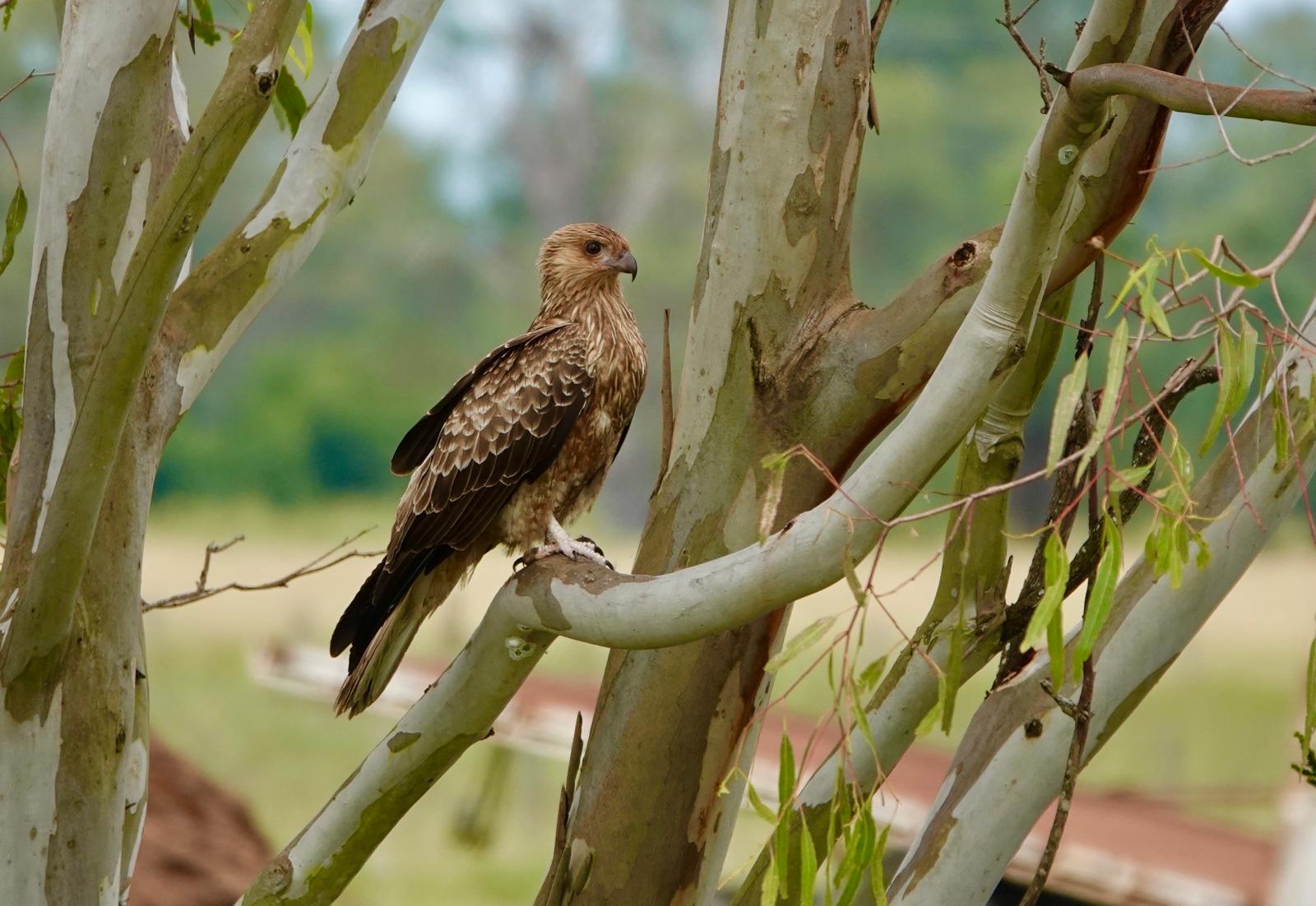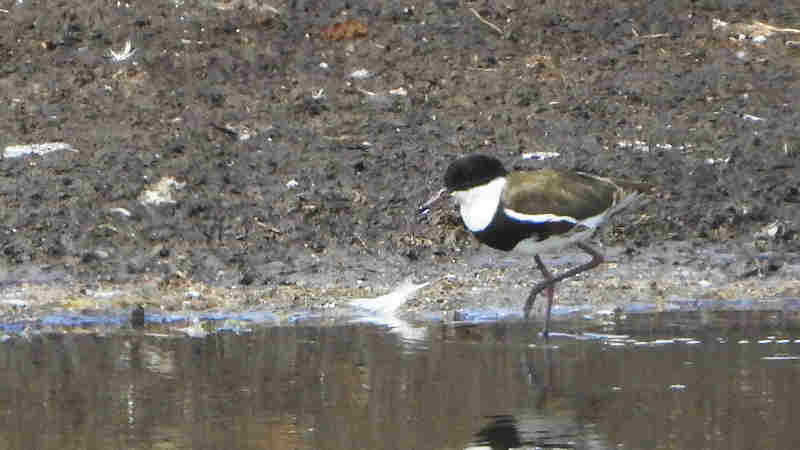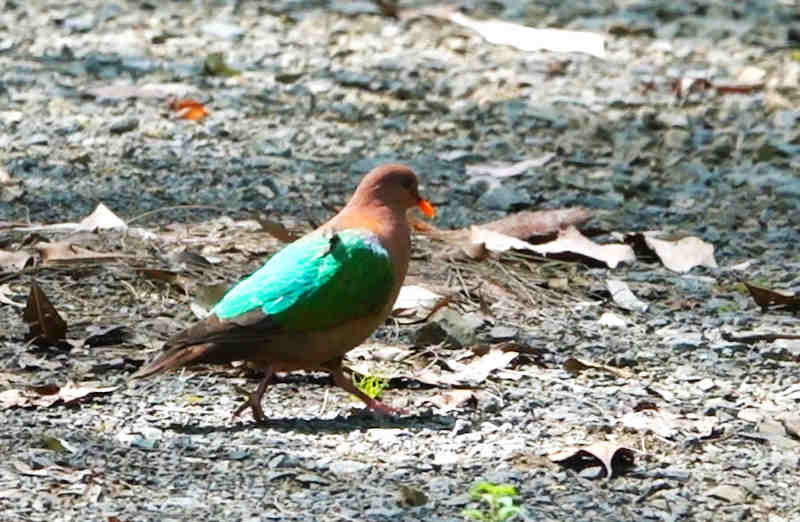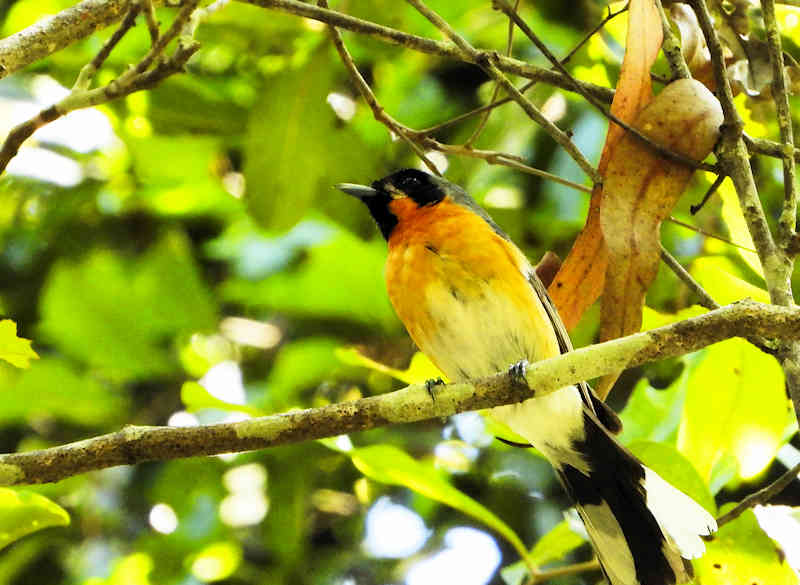Little Corella (Cacatua sanguinea)

Australia is renowned for its unique and diverse birdlife, and among its feathered inhabitants, the Little Corella (Cacatua sanguinea), also known as the Bare-eyed Cockatoo, stands out for its distinctive appearance, playful antics, and adaptability. These sociable parrots are a common sight across many parts of Australia, and their charm has made them beloved among bird enthusiasts and nature lovers. In this article, we’ll explore the fascinating world of Little Corellas, from their appearance and behavior to their ecological role and conservation status.
Distinctive Appearance
Little Corellas are small cockatoos characterized by their predominantly white plumage and striking blue eye-rings, which encircle their dark eyes and give them their “bare-eyed” name. Their short crest, pinkish patches on their throat and underwings, and pale beak distinguish them from other cockatoo species. These endearing parrots typically measure around 35 to 38 centimeters in length.
Little Corella seen in Moggill Queensland
Behavior and Social Structure
One of the most remarkable aspects of Little Corellas is their highly social nature. They are often seen in large flocks that can number in the hundreds or even thousands. These flocks are not only a spectacle to behold but also serve several important functions. Socializing in large groups provides protection against predators and enables the sharing of information about food sources and potential dangers.
Little Corellas are known for their playful and acrobatic behaviors. They engage in aerial acrobatics, hanging upside down from branches, and engaging in spirited bouts of play with fellow flock members. Their vocalizations are equally dynamic, ranging from high-pitched screeches to melodious whistles.
Feeding Habits
Little Corellas are primarily herbivores with a varied diet that includes seeds, grains, fruits, and flowers. They are often seen foraging on the ground, using their strong bills to crack open seeds and nuts. They also play a vital role in seed dispersal, helping to regenerate plants by consuming fruits and spreading seeds across their habitats.
Ecological Role and Conservation Status
While Little Corellas are not currently listed as a threatened species, they face some challenges in certain regions due to habitat loss and urbanization. In some cases, their large numbers and feeding habits have led to conflicts with agricultural interests, as they can damage crops and infrastructure.
Despite these challenges, it is important to recognize the ecological role of Little Corellas. As seed dispersers, they contribute to the health and diversity of their ecosystems. Understanding their behavior and ecology is essential for developing sustainable solutions that balance their presence with the needs of agriculture and conservation.
Little Corella in flight in Moggill Queensland
Conclusion
Little Corellas are more than just charismatic avian companions in Australia; they are an integral part of the country’s natural heritage. Their social behavior, distinctive appearance, and important ecological role make them a captivating species to observe and study. While they may face challenges in certain areas, efforts to coexist with these playful parrots and protect their habitats will ensure that future generations can continue to enjoy the delightful presence of Little Corellas in Australia’s skies.
We are affiliated with Amazon and make a small royalty at no extra cost to you, so by using the links below to purchase your next birding gear you can help us to maintain Simply Birding and continue to bring great content:

Canon, Sony and Nikon cameras: https://amzn.to/4gmtDWk

Lenses for bird photography: https://amzn.to/3WG3vyF

Tripods: https://amzn.to/3PVDNT0

Memory Cards: https://amzn.to/3PV4Y0z

Bird books: https://amzn.to/42NgsKS

Binoculars for bird watching: https://amzn.to/42G0nGZ

Spotting Scopes for bird watching: https://amzn.to/4hom5nq















